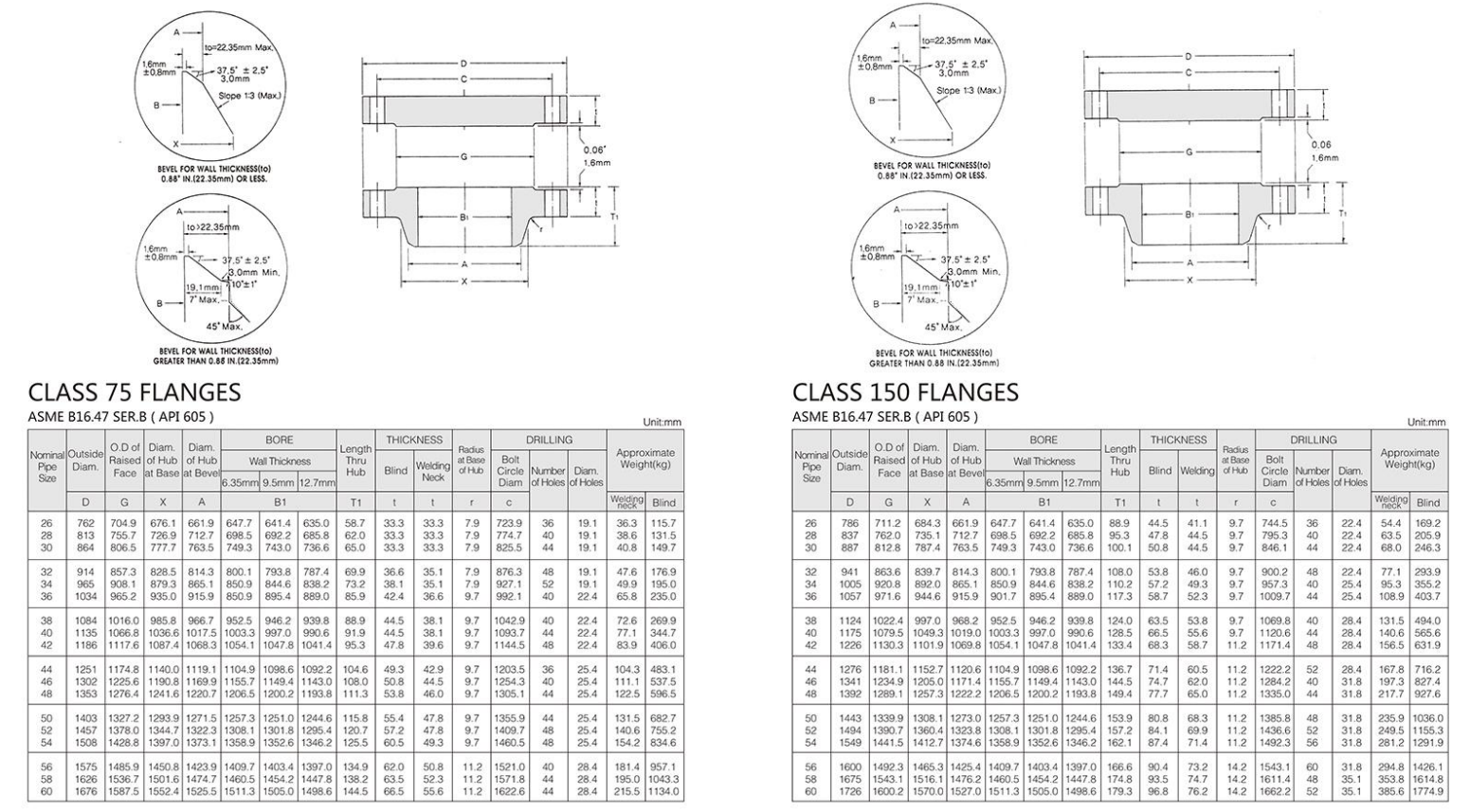-
Cangzhou Yulong Steel Co., Ltd.
-
Phone:
+86 13303177267 -
Email:
admin@ylsteelfittings.com
- English
- Arabic
- Italian
- Spanish
- Portuguese
- German
- kazakh
- Persian
- Greek
- French
- Russian
- Polish
- Thai
- Indonesian
- Vietnamese
- Zulu
- Korean
- Uzbek
- Hindi
- Serbian
- Malay
- Ukrainian
- Gujarati
- Haitian Creole
- hausa
- hawaiian
- Hebrew
- Miao
- Hungarian
- Icelandic
- igbo
- irish
- Japanese
- Javanese
- Kannada
- Khmer
- Rwandese
- Afrikaans
- Albanian
- Amharic
- Armenian
- Azerbaijani
- Basque
- Belarusian
- Bengali
- Bosnian
- Bulgarian
- Catalan
- Cebuano
- China
- China (Taiwan)
- Corsican
- Croatian
- Czech
- Danish
- Esperanto
- Estonian
- Finnish
- Frisian
- Galician
- Georgian
- Kurdish
- Kyrgyz
- Lao
- Latin
- Latvian
- Lithuanian
- Luxembourgish
- Macedonian
- Malgashi
- Malayalam
- Maltese
- Maori
- Marathi
- Mongolian
- Myanmar
- Nepali
- Norwegian
- Norwegian
- Occitan
- Pashto
- Dutch
- Punjabi
- Romanian
- Samoan
- Scottish Gaelic
- Sesotho
- Shona
- Sindhi
- Sinhala
- Slovak
- Slovenian
- Somali
- Sundanese
- Swahili
- Swedish
- Tagalog
- Tajik
- Tamil
- Tatar
- Telugu
- Turkish
- Turkmen
- Urdu
- Uighur
- Welsh
- Bantu
- Yiddish
- Yoruba

Dec . 05, 2024 14:09 Back to list
api 5l x52 pipe
Understanding API 5L X52 Pipe A Comprehensive Guide
API 5L is a specification covering seamless and welded steel line pipes for the transportation of oil, gas, and water in the oil and natural gas industries. Among the various grades available, API 5L X52 has gained significant attention due to its excellent balance of strength, ductility, and weldability. In this article, we will delve into the specifics of API 5L X52 pipe, exploring its properties, manufacturing processes, applications, and importance in various industries.
Properties of API 5L X52 Pipe
API 5L X52 pipe is characterized by a minimum yield strength of 52,000 psi (pounds per square inch). This high yield strength makes it suitable for high-pressure applications, ensuring that the pipe can withstand substantial pressure during fluid transportation. Furthermore, it has a tensile strength of approximately 65,000 psi, giving it considerable durability and resistance to deformation under stress.
In terms of chemical composition, API 5L X52 typically contains a mix of carbon, manganese, phosphorus, and sulfur, along with small amounts of other elements like copper, nickel, and chromium. These elements contribute to the pipe's overall mechanical properties and enhance its resistance to corrosion, thereby increasing its lifespan and reducing maintenance costs.
Manufacturing Process
The manufacturing of API 5L X52 pipes follows rigorous standards to ensure quality and performance. The production begins with the selection of high-grade steel, often subjected to processes like hot rolling or cold drawing. The pipe can be produced as either seamless or in various welded configurations, each catering to different application requirements.
Seamless pipes are manufactured by heating a solid round steel billet until it becomes malleable, then piercing it to create a hollow tube. This method is favored for high-strength applications as it provides homogeneity, a critical factor in maintaining the pipe's structural integrity.
Welded pipes, on the other hand, are produced by forming a flat strip of steel into a cylindrical shape and welding the edges together. While they may not have the same level of homogeneity as seamless pipes, modern welding techniques have improved their performance, making them a cost-effective alternative for many applications.
Applications of API 5L X52 Pipe
api 5l x52 pipe

API 5L X52 pipes are widely used in the oil and gas industry, particularly for the transportation of hydrocarbons over long distances. Their high strength and durability make them suitable for various applications, including
1. Oil and Gas Transportation The primary application of API 5L X52 is in pipelines transporting crude oil and natural gas from extraction sites to processing facilities.
2. Water Conveyance They are also employed in water supply systems where high water pressure is expected, ensuring effective and reliable water transportation.
3. Structural Applications Due to their strength, these pipes are frequently used in structural applications such as support frameworks for bridges and buildings, where reliable load-bearing capacity is required.
4. Transportation of Other Fluids Beyond hydrocarbons and water, API 5L X52 pipes can also transport other industrial fluids, making them versatile in various sectors.
Importance in Industry
The significance of API 5L X52 pipes in the oil and gas sector cannot be overstated. Their ability to withstand high pressure ensures that the transportation of fluids is safe, efficient, and reliable. Moreover, the pipes' resistance to corrosion extends their service life, minimizing interruptions and maintenance needs. In an industry where downtime can be costly, leveraging API 5L X52 pipes mitigates risks associated with pipeline failures.
In addition, compliance with the API 5L specifications instills confidence among operators regarding the quality and reliability of the materials they use. This specification not only ensures that the pipes can perform under the demanding conditions typical of the oil and gas industry but also aligns with international standards for safety and environmental protection.
Conclusion
API 5L X52 pipe represents a critical component in the infrastructure of the oil and natural gas industry. With its excellent mechanical properties, adaptability for various applications, and compliance with quality standards, it serves as a reliable conduit for the transportation of vital resources. As industries continue to evolve, the demand for high-quality, durable pipelines like the API 5L X52 will remain a cornerstone in meeting modern challenges in fluid transportation and resource management.
Latest news
-
ANSI 150P SS304 SO FLANGE
NewsFeb.14,2025
-
ASTM A333GR6 STEEL PIPE
NewsJan.20,2025
-
ANSI B16.5 WELDING NECK FLANGE
NewsJan.15,2026
-
ANSI B16.5 SLIP-ON FLANGE
NewsApr.19,2024
-
SABS 1123 FLANGE
NewsJan.15,2025
-
DIN86044 PLATE FLANGE
NewsApr.19,2024
-
DIN2527 BLIND FLANGE
NewsApr.12,2024
-
JIS B2311 Butt-Welding Fittings LR/SR 45°/90° /180°Seamless/Weld
NewsApr.23,2024











